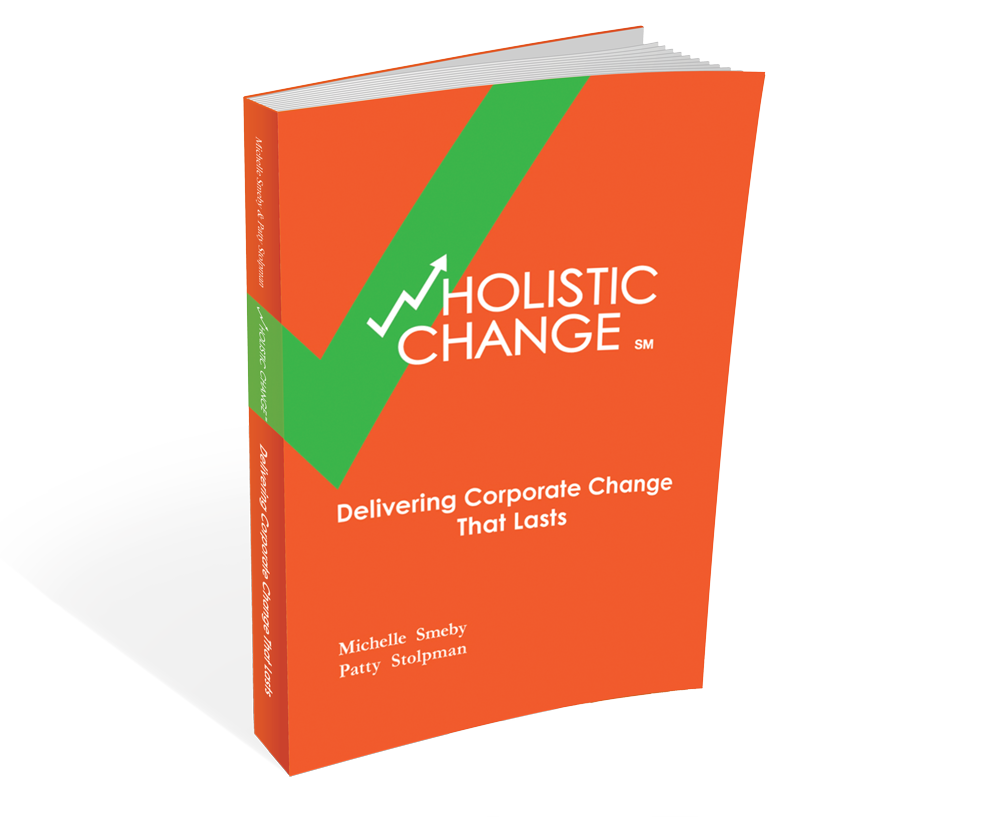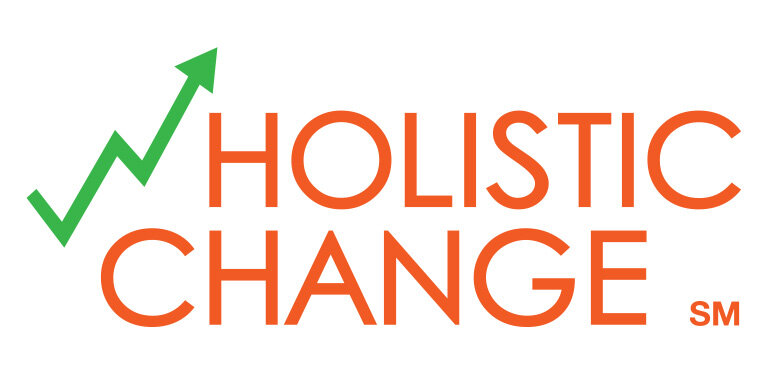There is a small business library I keep at my desk of books that have inspired me over the years. A colleague of mine recently returned one that I had loaned, Marshall Goldsmith's "What Got You Here Won't Get You There." While the purpose of the book is to help successful leaders become better leaders (and more successful people), I think there are some great lessons to be learned by corporations at the time when they need to change:
- The "Success Delusion": because the company had been successful in the past, there is a tendency to believe in our own omnipotence and presume that we will always be successful in the future.
- As a result, we may deny the evidence that now points to the fact that we have to start doing things differently in order to continue to be a market leader and to delight our customers.
- We need to be objective and use the value dials to measure where we are, where we strive to go, and how we will know we got there.
- Knowing what to stop: take the time to be self-reflective and recognize that the habits that helped us get to the place where we are today may be hindering us from being able to move forward. Mr. Goldsmith specifically discusses 20 habits that can cause a toxic environment.
- When not just one leader but an entire company is comprised of people who exhibit multiples of these characteristics, it is unlikely that your employees (the people closest to your customers) will feel motivated to actively participate in creating a meaningful change.
- The good news is that it is unlikely that one culture (or one leader) exhibits a large number of the behaviors. And, all of these can be rectified by leaders choosing to treat people differently.
- Some examples of changes for the better:
- Stop making destructive comments
- Start with "yes, and" instead of "no, but" (see the Brave New Workshop for great classes to teach this behavior, especially to your change agents and sponsors)
- Share information (stop data hoarding)
- Give credit where credit is due
- Be humble
- Listen
- Say thank you
- Stop the blame cycle
- Seek Voice of the Customer Feedback: establish a 360 degree feedback loop to find out what your customers (and employees and suppliers... basically everyone from your stakeholder analysis) really think about how well you are doing against their Critical to Quality (CTQ) requirements.
- What are the expected product specifications?
- How well are you delivering today?
- What are the areas to improve (and how quickly do you need to get there)?
- Communicate that you recognize the need to change and that you are taking action. Manage expectations accordingly.
- As we at wHolistic ChangeSM have mentioned before, the communication plan is one of the most important deliverables for your change effort.
- Mr. Goldsmith advises leaders to apologize and then to advertise that they are taking steps to modify their behavior. Based on the degree of change and the reason driving it, your company may choose to do the same. A great example of this type of leadership was recently exhibited by Southwest Airlines after the fuselage rip when they made the call to ground 79 planes. Southwest partnered with Boeing and the FAA, pulled all the expertise together, kept in constant communication, and decided to be proactive instead of waiting for more direction from outside the company.
- And finally, establish the continuous improvement mechanism to make sure the feedback (and behavior change) was not a one time event.
- Commit to continue to measure progress against the change goal, and to continue to seek guidance from your stakeholders as to how you are doing.

